Android through the ages: from Cupcake to Pie and everything in between
Watch Android get sweeter over time

Introduction
Android was announced more than a decade ago, on November 5, 2007. Since that initial announcement, the mobile platform has come a long, long way.
Android has the largest install base of any operating system, mobile or desktop. And it's not just in phones and tablets: smart TVs, cars, smartwatches and smart home devices are all powered by the little green man.
From the original beta to Android Pie through Android Froyo, Lollipop, Marshmallow and more, we track Android's rise from unlikely start to acquisition by Google and today's dominance.
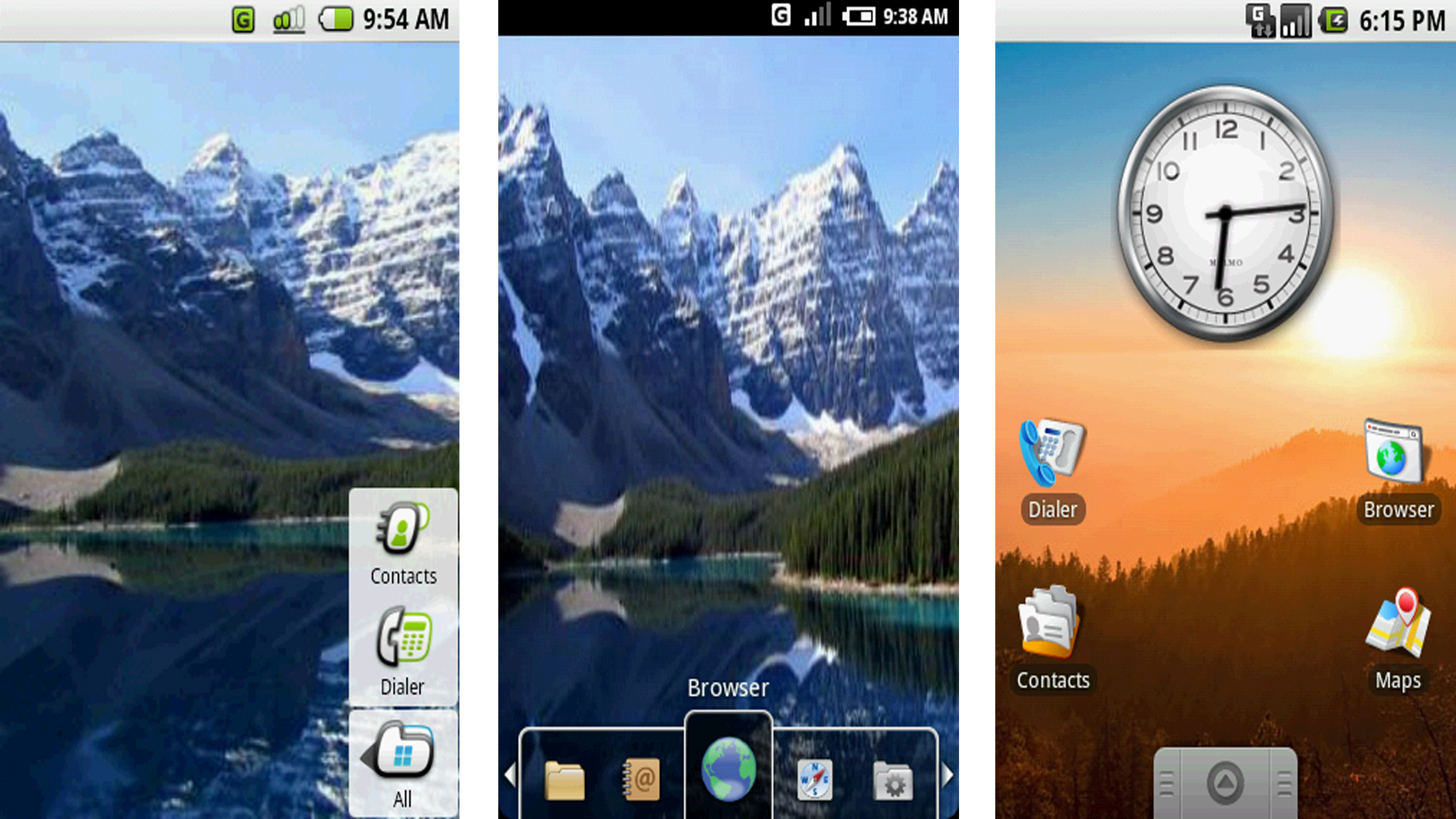
Android, Inc. and pre-commercial releases
In October 2003 Android, Inc was founded by Andy Rubin, Rich Miner, Nick Sears and Chris White. Its aim was to create an advanced operating system for digital cameras, turning them in to "smarter mobile devices that are more aware of its owner's location and preferences," according to Rubin.
It soon became apparent that there wasn't much of a market for that, so Android, Inc. turned its attention to smartphones in a bid to rival mobile operating systems Symbian and Windows mobile.
After a shaky start, where funding became an issue, Android, Inc was acquired by Google on August 17 2005, and a number of Android, Inc. employees stayed on.
A team led by Rubin began work on a mobile device operating system based on the Linux kernel. The green Android logo was designed by Irina Blok, and the beta version was released on November 5, 2007.

Android 1.0
Android 1.0, the first commercial version of Android, was released on September 23, 2008, with the first commercially available Android device being the HTC Dream.
Even though it was the first official release, Android 1.0 brought a number of features that we've come to rely on, including a web browser, camera support, Gmail synchronisation with the Gmail app, YouTube video player, Google Maps, Contacts and Calendar synchronisation as well.
Applications could be downloaded through the Android Market and launched from the Home screen. An update, Android 1.1, was released on February 9, 2009, adding a few new features and fixing a range of bugs.
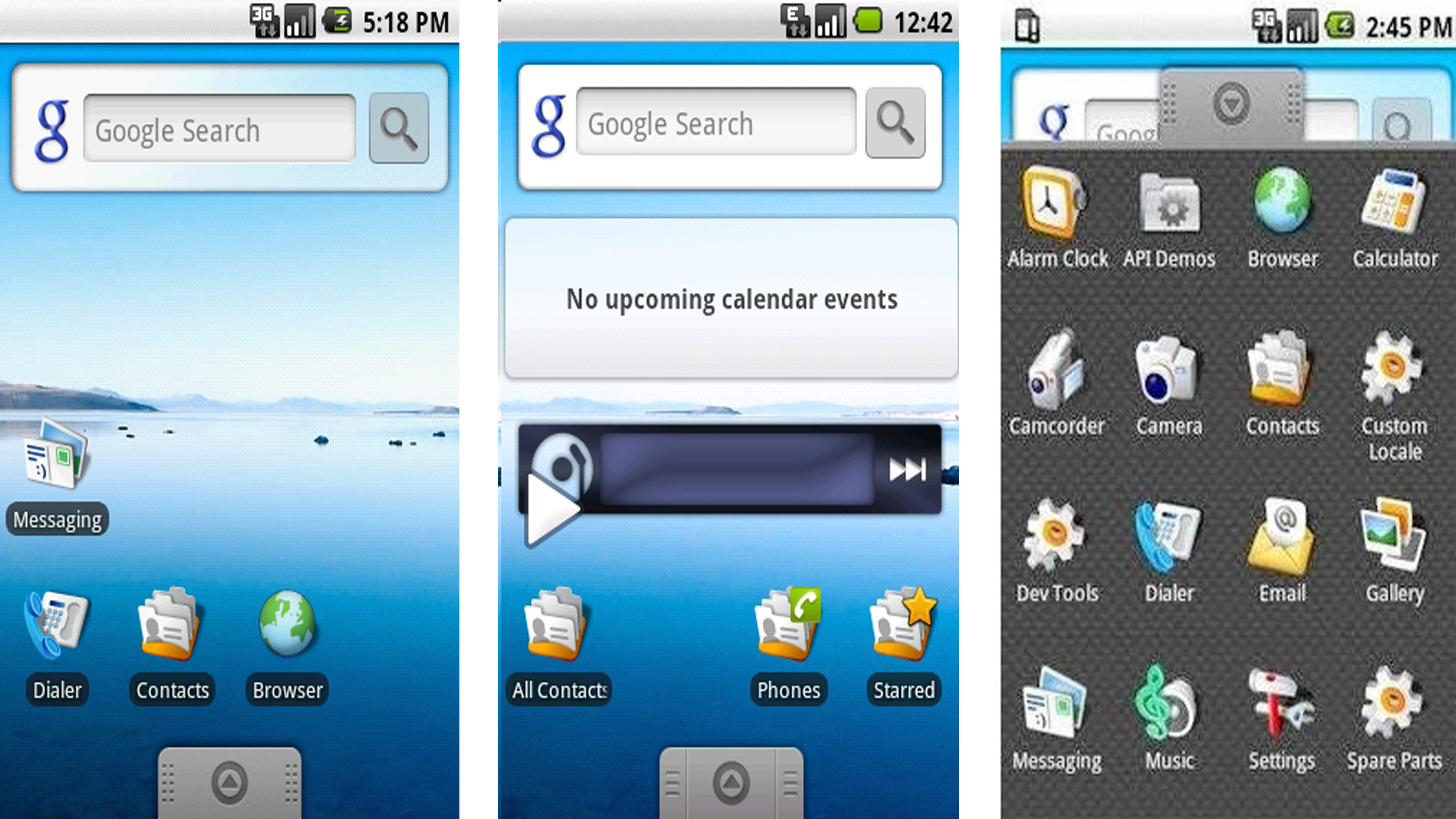
Android 1.5 Cupcake
The Android 1.5 update was launched on April 27, 2009, and it is notable for being the first Android release to have a code name based on a dessert – something that has since become a trademark. Each new version since also gets a dessert-inspired statue erected on the lawn of Google's headquarters in Mountain View, California.
But why the dessert names? According to Randall Sarafa, a Google spokesperson who talked to CNN: "It's kind of like an internal team thing, and we prefer to be a little bit - how should I say - a bit inscrutable in the matter. The obvious thing is that, yeah, the Android platform releases, they go by dessert names and by alphabetical order for the most part."
With Android 1.5 Cupcake new features were introduced such as widgets, which were small versions of apps that can be viewed from the home screen. Android 1.5-equipped smartphones could also record video in MPEG-4 format, Bluetooth devices could auto pair and stream stereo audio, and user pictures could be added to favourite contacts.

Android 1.6 Donut
Android 1.6 Donut was released on September 15, 2009. Android looked better than ever thanks to support for WVGA (780 x 480) resolution screens, and apps such as Gallery and Camera were better integrated, letting you take photos and then view them quickly and easily.
Voice and text search was also improved to include bookmarks, history, contacts and content from the internet, and app developers were able to include their content in the search results. This meant that Android 1.6 Donut felt like the most coherent version of Android so far.
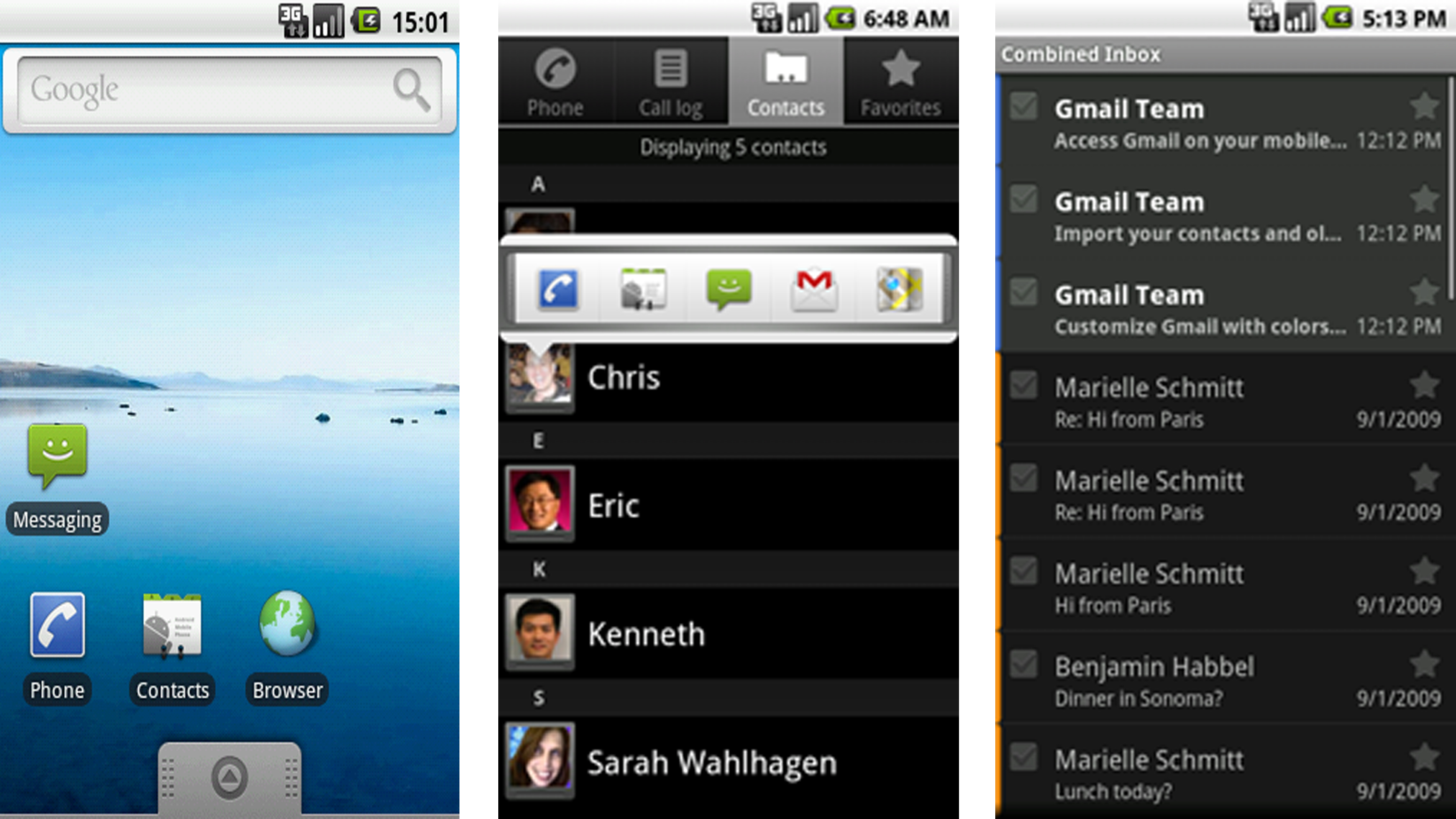
Android 2.0 Éclair
On October 26 we got our third major Android release of 2009 with Android 2.0 Éclair. This important update included Microsoft Exchange email support, along with the ability to browse emails from a number of different accounts in the same inbox.
Text messages were also improved, allowing users to search all of their saved SMS and MMS messages, and typing speed was improved on the virtual keyboard.
The camera app got additional features as well, including flash support, digital zoom scene modes, colour effects and macro focus mode.
Android 2.0.1 was released on December 3, 2009, and Android 2.1 followed on January 12, 2010, both bringing minor improvements and bug fixes.
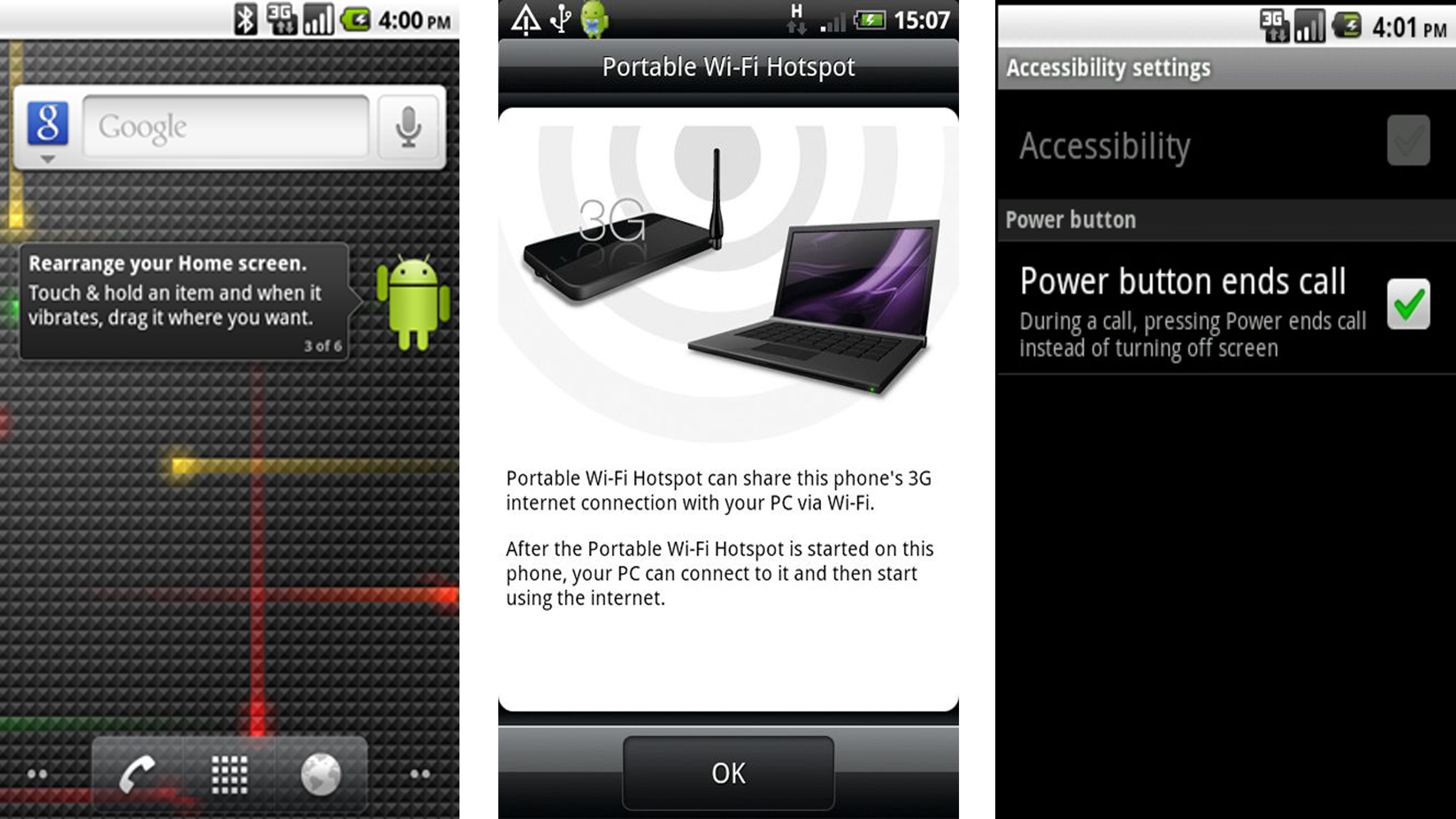
Android 2.2 Froyo
Android 2.2 Froyo hit devices on May 20, 2010. "Froyo" is frozen yoghurt, in case you were worried Google had confused desserts with annoying children's toys .
This update included a number of speed and performance optimisations. USB tethering and Wi-Fi hotspot functionality, now commonplace on smartphones, were brought in with Android 2.2.
You could also prevent your device from downloading data over your mobile network, which was helpful for keeping your phone bill under control, and you could create passwords using both numbers and letters for additional security.
The Market application was also improved to allow batch and automatic updates of the apps you've installed, and high PPI (Pixel Per Inch) screens were supported for better image quality.
Android Froyo is now so sparsely used though, Google doesn't consider it worth supporting anymore. Under 0.1% of people are using Android Froyo anymore.
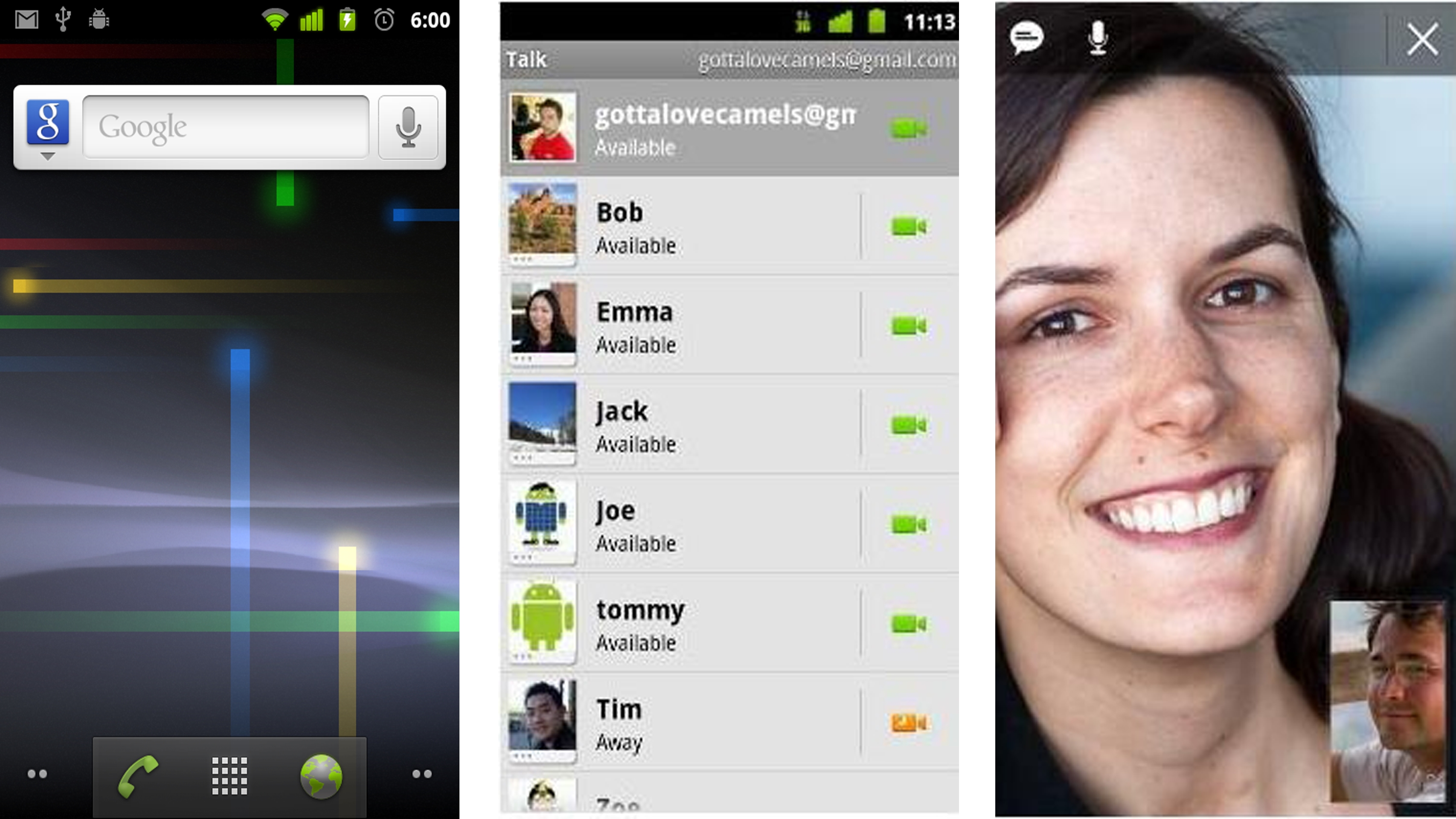
Android 2.3 Gingerbread
Android 2.3 Gingerbread was released on December 6, 2010 with an updated user interface that prioritised ease of use and speed. The onscreen keyboard was also overhauled for more intuitive text input and improved accuracy.
Near Field Communication (NFC) was included for the first time, and the new Download Manager made keeping track of files you downloaded from the internet or your emails easier than ever.
Native support for gyroscopes, barometers and other sensors meant your Android device could now feature advanced apps that accurately track your location, movement and activity.
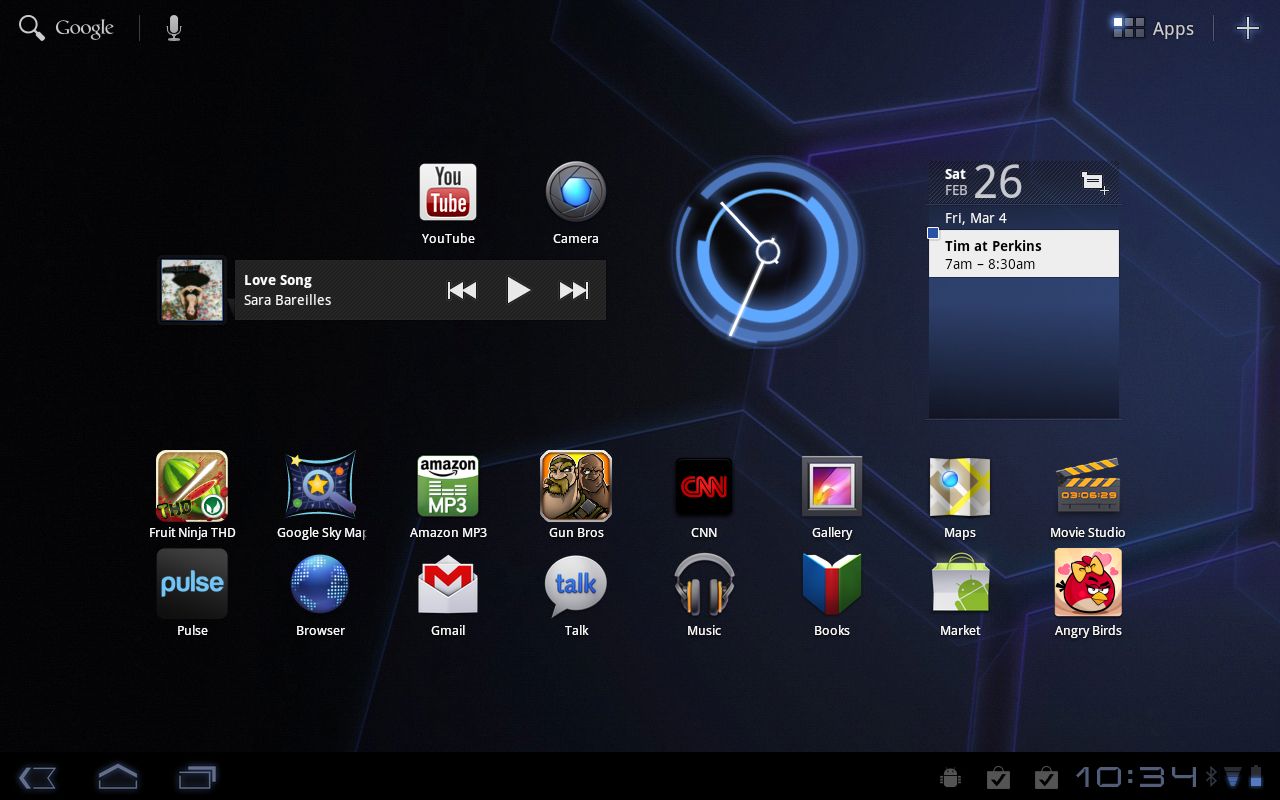
Android 3.0 Honeycomb
On February 22, 2011 Google launched its first tablet-only Android update: Android 3.0 Honeycomb, and two days later the first device to have the update preinstalled, the Motorola Xoom, was released.
As Android 3.0 Honeycomb was a strictly tablet-focused release, a new "holographic" user interface was ushered in with the update. The System Bar brought notifications and the soft navigation buttons to the bottom of the screen. These navigation buttons, which include the Back, Home and Recent Applications icons, have become a common sight on Android devices, and allowed phone and tablet manufacturers to make completely button-free devices.
The bottom of the screen wasn't getting all the love, however, with the Action Bar being brought to the top of the screen, offering contextual options, navigation and widgets.
Other improvements to the user interface included multiple browser tabs, an "incognito" mode for anonymous browsing, and advanced views for contacts and emails.
Multicore processors were supported for the first time as well, ushering a new generation of powerful Android devices.
Android 3.1 launched on May 10 2011 and brought USB connectivity for accessories, FLAC audio playback and resizeable Home screen widgets. A further update, Android 3.2, included support for Google TV.
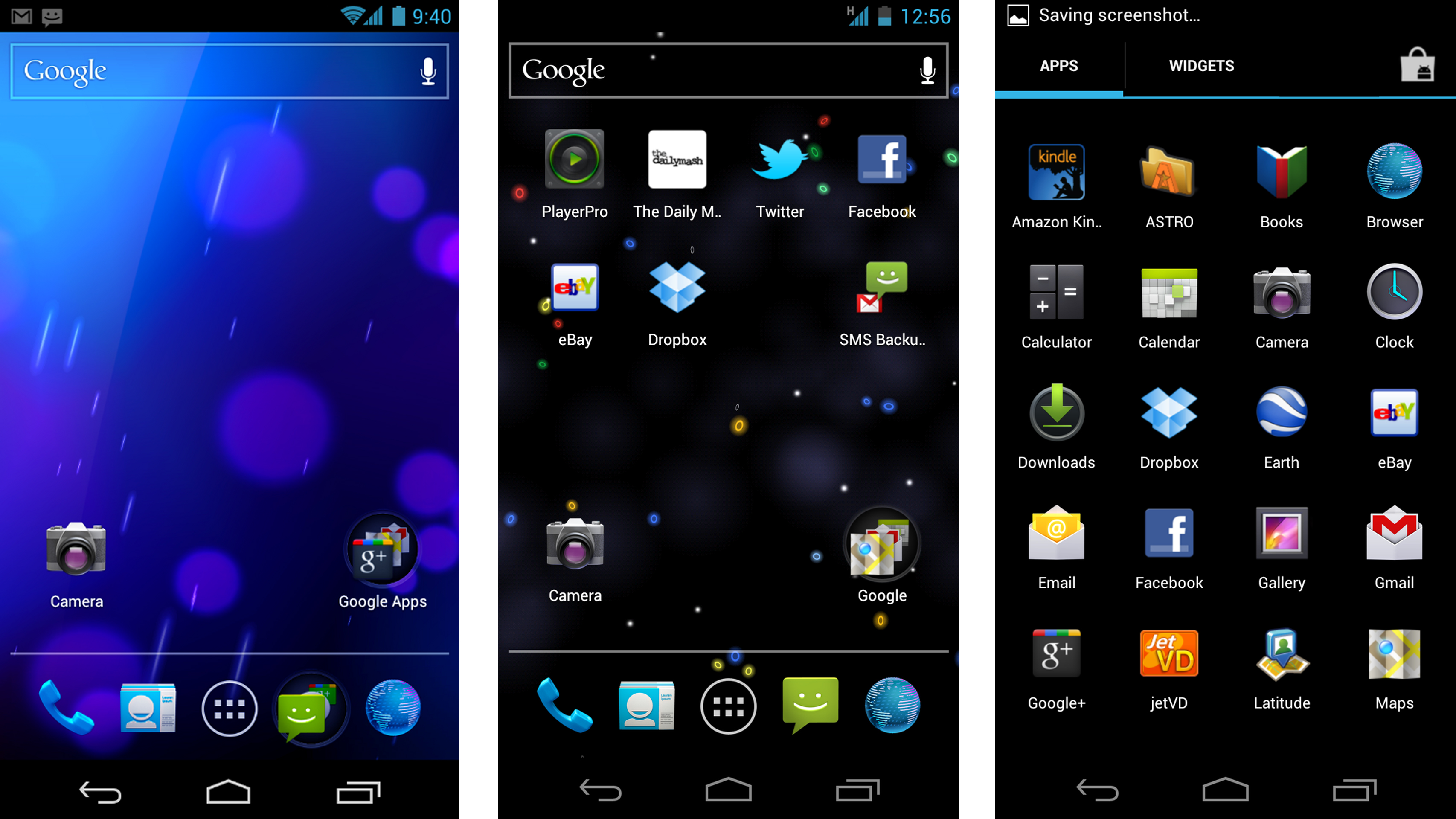
Android 4.0 Ice Cream Sandwich
Android 4.0 Ice Cream Sandwich released on October 18 2011 and was promised to be compatible with any device that was running Android 2.3 or later. The Holo interface was given a major revamp, and a brand new typeface, Roboto, was brought in as the default system font for Android.
Folders were overhauled to be easier to create using drag and drop commands, apps could be accessed from the lock screen, the camera app was improved and now supported 1080p video recording, and the web browser could now synchronise with user's Chrome bookmarks.
Face Unlock, which uses facial recognition to unlock devices, was also included, though even now many of us wonder why Google bothered.

Android 4.1 Jelly Bean
On July 9 2012, Android 4.1 Jelly Bean was released, and the main aim of the update was to improve the user interface in both performance and features. Special attention was lavished on the graphics side of the operating system, including technology that would ensure the interface would run at 60 frames per second to make it feel smooth and responsive.
Sound was also improved with multi channel audio support, USB audio and gapless playback. Third party app launchers were also given better support, allowing users to tailor their Android experience.
Android 4.2 followed on November 13, 2012, which brought widget support to the lock screen and allowed you to swipe to directly launch the camera app. Quick Settings was added to the top power controls menu, Daydream screensavers were included and multiple user accounts were now supported on tablets.
Android 4.3 was released on July 24, 2013, and included a number of new features including Open GL ES 3.0 support for improved graphics in games, Bluetooth low energy features, right-to-left language support and compatibility with 4K screens.
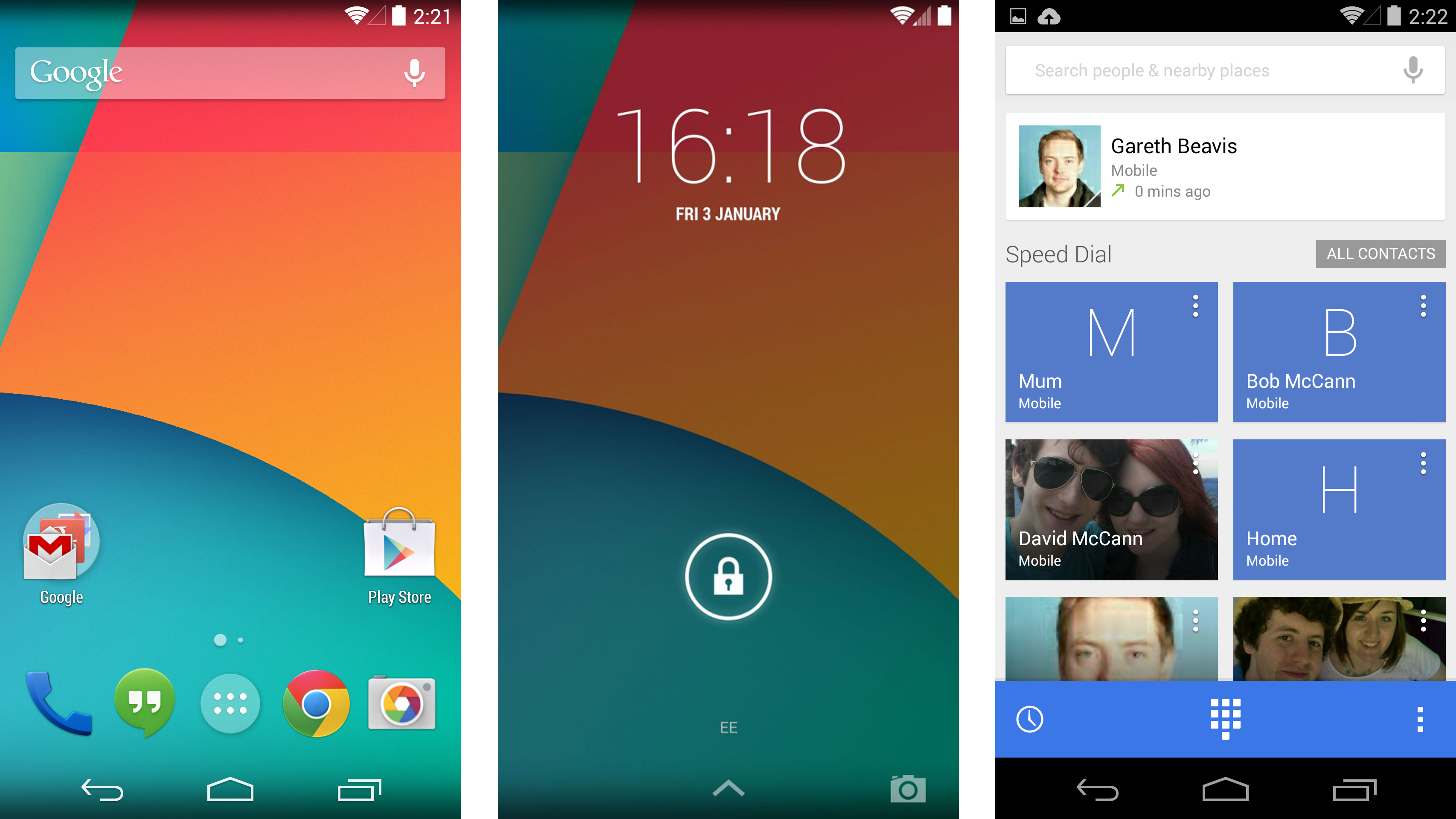
Android 4.4 KitKat
For a while Google was expected to go with the codename Key Lime Pie, however on October 31, 2013, Android 4.4 was released with the more identifiable KitKat moniker, and the first device to run it was the Nexus 5, which was released on the same day.
A number of tweaks were made to give the interface a fresh look, but it wasn't all about aesthetics. A new "immersive mode" was also included, which allowed apps to hide the onscreen buttons and status bar when they're not needed, giving the apps use of the full screen. If you needed the buttons at any time you could swipe down from the top of the screen or up from the bottom to bring them back.
NFC host card emulation was another new feature, and although it doesn't sound particularly exciting, it meant that a device running Android 4.4 could emulate an NFC card and talk to NFC readers, allowing you to use your device to pay for goods, and make use of other contactless features.
You can read our review of Android 4.4 KitKat to see what we made of all the new features.

Android Wear
Announced: March 2014 | Released (on devices): June 2014
On March 18, 2014 Android Wear, a version of Android specifically designed for smartwatches and wearables, was released.
Android Wear uses Google Now and mobile notifications to bring important information to wearable tech, though you need to pair it with a smartphone running Android 4.3 or later to get the full experience.
The first Android Wear devices, the Samsung Gear Live and the LG G Watch, were launched on June 25, 2014, with the Moto 360 coming later on September 5, 2014.
Android Wear has been a big hit, with estimates that over 720,000 Android Wear smartwatches were shipped in the six months after its launch.
On December 10, 2014, an update was released that added the ability to create and install custom watch faces, and updated the software to Android 5.0 Lollipop.
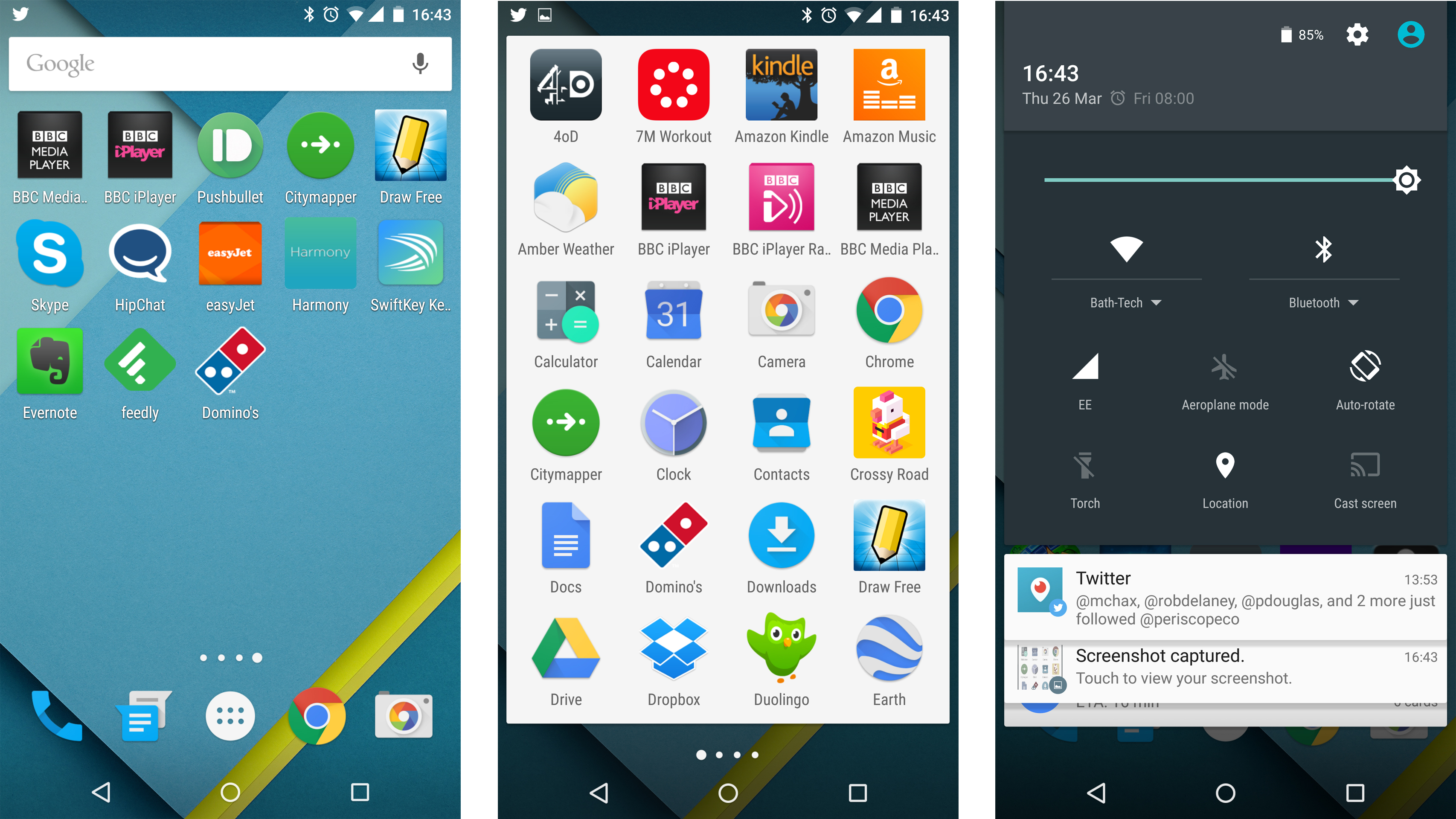
Android 5.0 Lollipop
Announced: June 2014 | Released: November 2014
Android 5.0 Lollipop, was first announced on June 25, 2014, during the Google I/O conference, and became officially available on November 12, 2014.
Once again the interface received a major overhaul, this time getting the flat and minimalist "material design" theme. Notifications were also tweaked and could now be seen on the lockscreen – though the ability to view widgets when the handset is locked was removed.
The results of Project Volta were included to help improve battery life for devices running Android 5.0, third party apps were again allowed access to data stored on SD cards, and a new smart lock feature allowed you to easily lock and unlock your device in certain situations and locations.
Version 5.1 followed on March 9, 2015, giving users the ability to make high definition voice calls between Android 5.1-toting devices, multiple SIM card support, Wi-Fi and Bluetooth settings including in the quick settings menu and improved device protection.
- Android 5.0 Lollipop is currently still being rolled out to devices, so if you're waiting to upgrade check out our regularly updated article on when you can expect to get the latest version of Android.
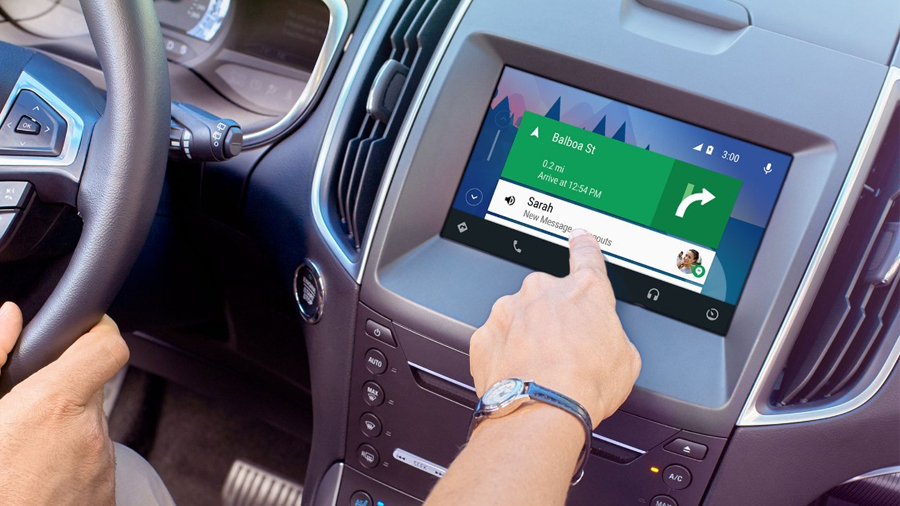
Android Auto
Announced: June 2014 | Released: November 2014
Android Auto isn't strictly an operating system in its own right, rather it relies on a physical connection to an Android smartphone to project a simplified interface onto a car's internal display.
Providing a car-friendly interface which works with steering wheel mounted controls is nice, plus Android Auto allows you to utilize apps such as Maps for navigation and Spotify for seamless music streaming.
In terms of functionality, Android Auto hasn't developed at the pace we hoped when it was launched back in 2014, and today the app selection is still rather limited.
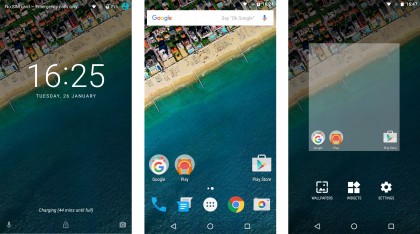
Android 6 Marshmallow
Announced: May 2015 | Released: October 2015
Android 6 Marshmallow was officially unveiled in May 2015 at the Google I/O conference, but it became available for a number of devices in October of the same year.
The update brought with it a feature called Now on Tap to provide contextual search results using your search history to make them more relevant. It also had a great power management system update for when you're not fiddling with the phone.
It allowed for Adoptable Storage for the first time, which means you can use your microSD card but your phone will treat it like internal storage instead.
Marshmallow also allowed for better fingerprint recognition tech and USB Type-C connectors for the very time. It now means most Android manufacturers are now adopting the reversible charging technology.

Android 7 Nougat
Announced: March 2016 | Released: August 2016
Android Nougat was released as a beta very early (March 2016) compared to previous software releases, but it officially landed in August 2016.
Differences between Nougat and Marshmallow are quite minimal, but the update does bring with it split-screen mode on Android devices for the very first time.
That's particularly useful for the Google Pixel C, but also works on phone devices as well for when you want to use two apps side-by-side.
Nougat also allows for inline replies to notifications so you won't need to open up your Messenger app to be able to send a quick reply back to your friends.
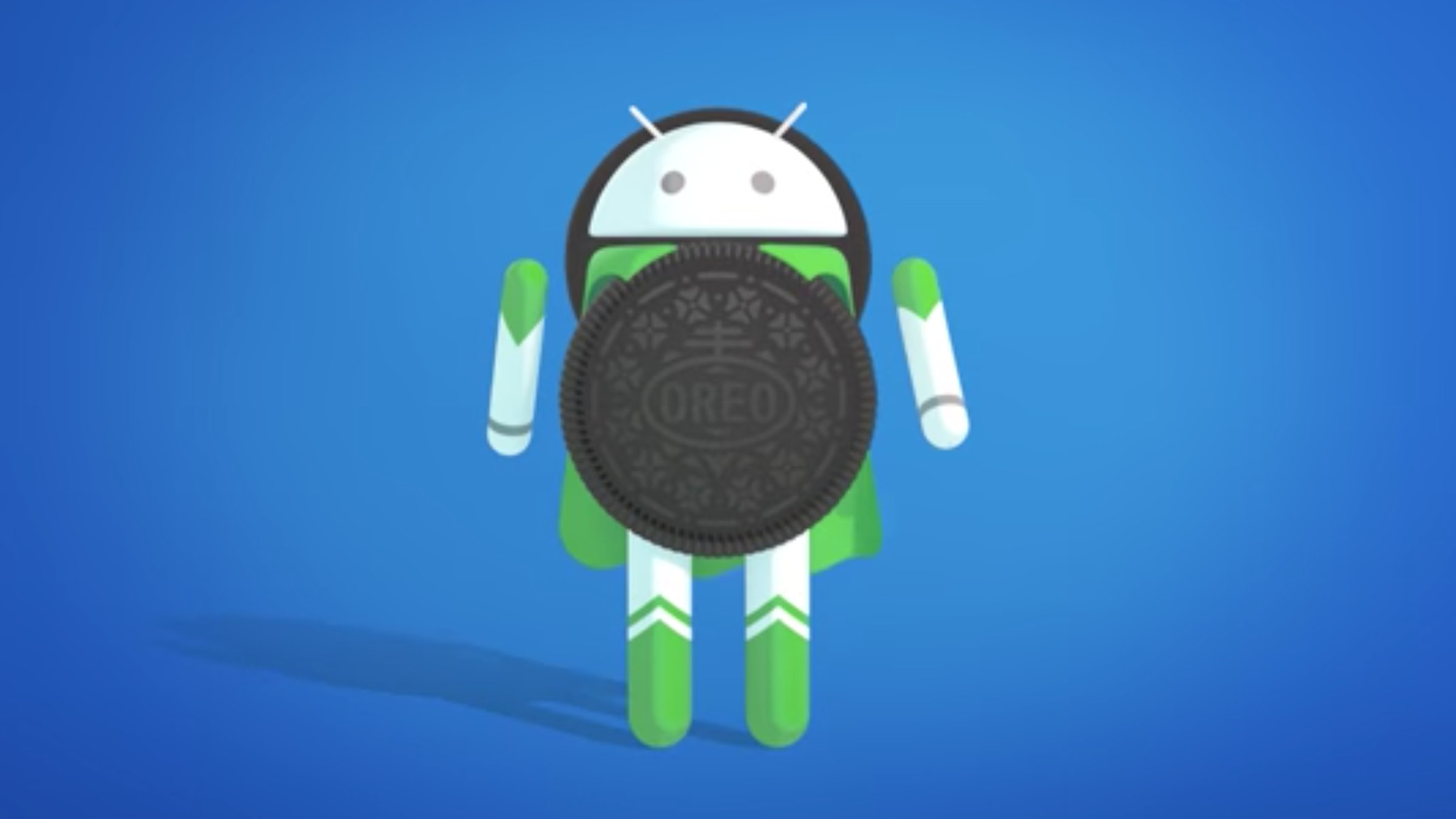
Android 8 Oreo
Announced: March 2017 | Released: August 2017
Android Oreo takes its name from another popular snack, the infamous sandwich cookie with two chocolate wafers and a sweet creme filling.
Originally announced back in March 2017 as Android O (or Android 8, if you prefer the numerical naming regime) it wasn't until August 21, 2017 when the Android Oreo name was confirmed.
On the same date Google pushed out the final build of its new platform to devices signed up to its Beta program, which included the Pixel, Pixel XL and Nexus 6P.
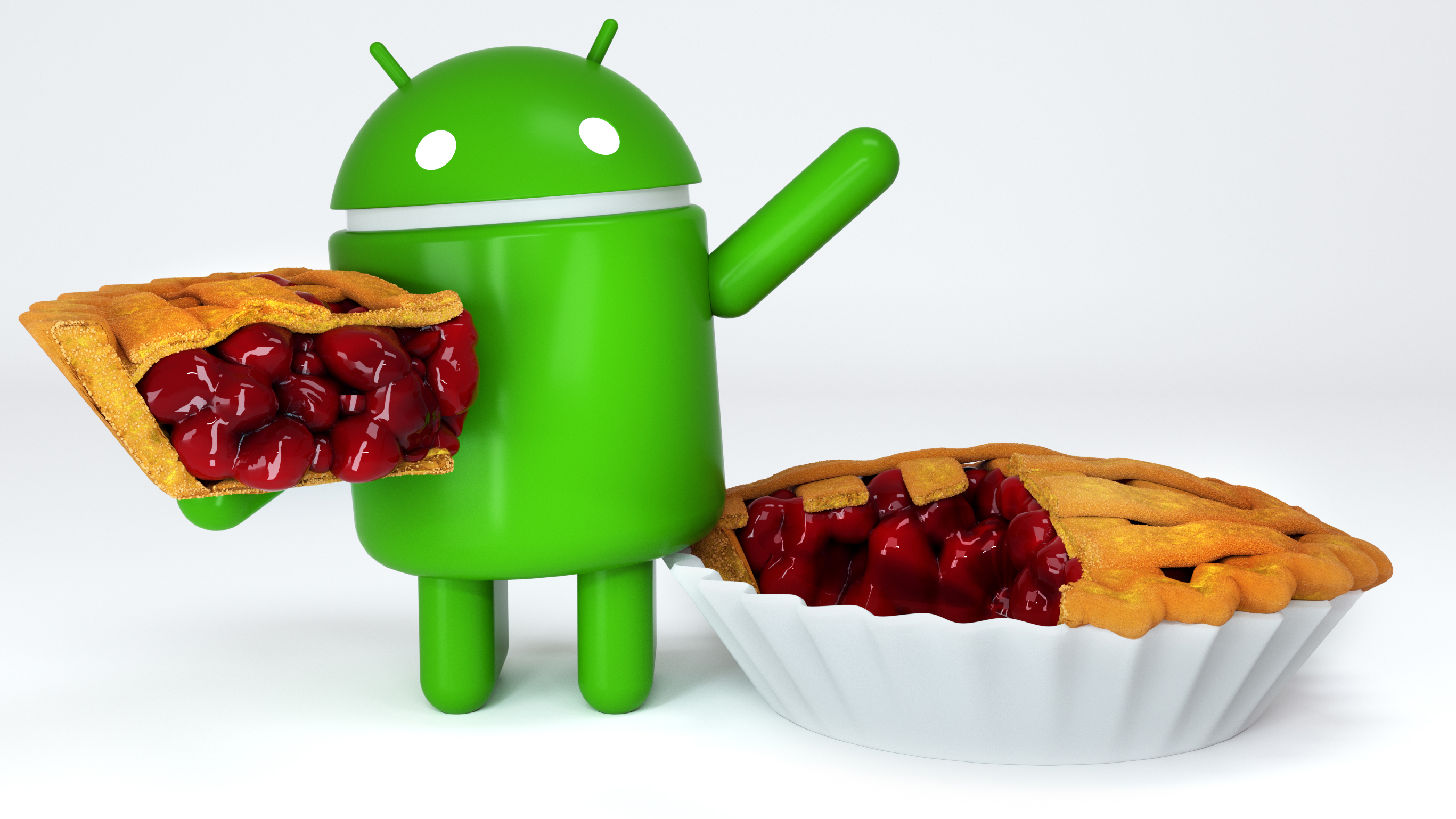
Android 9 P
Announced: March 2018 | Launched: August 2018
Android Pie is the newest version of Google's operating system, one with a big focus on simplicity and AI-powered adaptive efficiency.
Features like adaptive battery life and adaptive brightness automate settings, while app actions and app slices predict and help you jump to your next task, without in-between app-opening nonsense.
Google also changed up the UI to make room for notch cutouts in screens and added Digital Wellbeing to help you disconnect from your addictive phone.

Matt is TechRadar's Managing Editor for Core Tech, looking after computing and mobile technology. Having written for a number of publications such as PC Plus, PC Format, T3 and Linux Format, there's no aspect of technology that Matt isn't passionate about, especially computing and PC gaming. He’s personally reviewed and used most of the laptops in our best laptops guide - and since joining TechRadar in 2014, he's reviewed over 250 laptops and computing accessories personally.